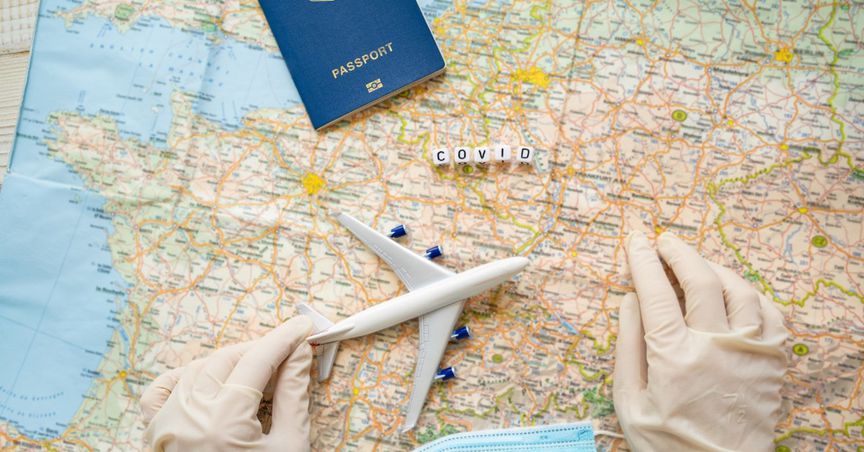Highlights
- Despite a spike in COVID-19 tally, the Australian government has decided to relax restrictions over movement across borders.
- The border measures that restricted travellers from highly affected Southern Africa countries to Australia have been dismissed.
- The government has lifted all travel restrictions for fully vaccinated Australian citizens, permanent residents as well as eligible visa holders.
- Putting a ban on international border is no longer an effective way to curtail the spread of COVID-19 infection.
While there has been a sharp surge in the number of COVID-19 cases in the country and worldwide, the Australian government seems to have opted for a welcoming approach in the face of uncertain times. Contrary to expectations, the government has decided to relax some restrictions over movement across borders.
The border measures under the Biosecurity Act 2015 that restricted travellers from specific highly affected countries of Southern Africa from entering Australia have now been dismissed.
Related read: What challenges await Australia's travel sector in 2022?
Key details of the new ruling

Image source: © Ronstik | Megapixl.com
Recently, Australia announced to permit entry for vaccinated travellers from Japan and the Republic of Korea to the country. The government has also given permission to international skilled and student cohorts, provisional family visa holders, humanitarian, and working holiday makers.
Also, the government has lifted all restrictions for fully vaccinated Australian citizens, permanent residents as well as eligible visa holders. They can now travel to and from the country without needing to apply for a travel exemption.
Immediate family members of Australian citizens, permanent residents, or New Zealand citizens who usually reside in Australia but do not hold an eligible visa are required to submit an exemption request through the Travel Exemption Portal as proof of relationship before travel. Also, individuals with other temporary visa who wish to travel to Australia must submit a request for travel exemption.
Which restrictions would stay in place due to Omicron?

Image source: © Ronstik | Megapixl.com
Considering the global spread of Omicron, permission has not been granted for any direct flights from Southern Africa to Australia. Also, only Australian citizens, permanent residents, immediate family members, parents and eligible visa holders will be able to enter Australia from the Southern African region.
Meanwhile, the government has mandated a negative COVID-19 Polymerase Chain Reaction (PCR) test (nose and throat) for everyone entering Australia. The test must be done within 72 hours of travel. They must also submit Australian traveller declaration forms stating their vaccination details.
Also read: How is Omicron variant impacting aviation and travel stocks?
Why reopen borders now?
The federal government is of the opinion that putting a ban on international border is no longer an effective way to curtail the spread of COVID-19 infection.
Australian Government Chief Medical Officer Professor Paul Kelly stated, “Australia is well placed to deal with COVID-19 and its emerging challenges like the Omicron variant. Our high COVID-19 vaccination rates and boosters have put us in a very good place. We are one of the first countries to roll out population-wide boosters. We are well prepared. Australia’s health system and processes built to manage this virus can be relied on to keep us safe.”
How is the Omicron variant emerging as a threat to the Australian economy?



